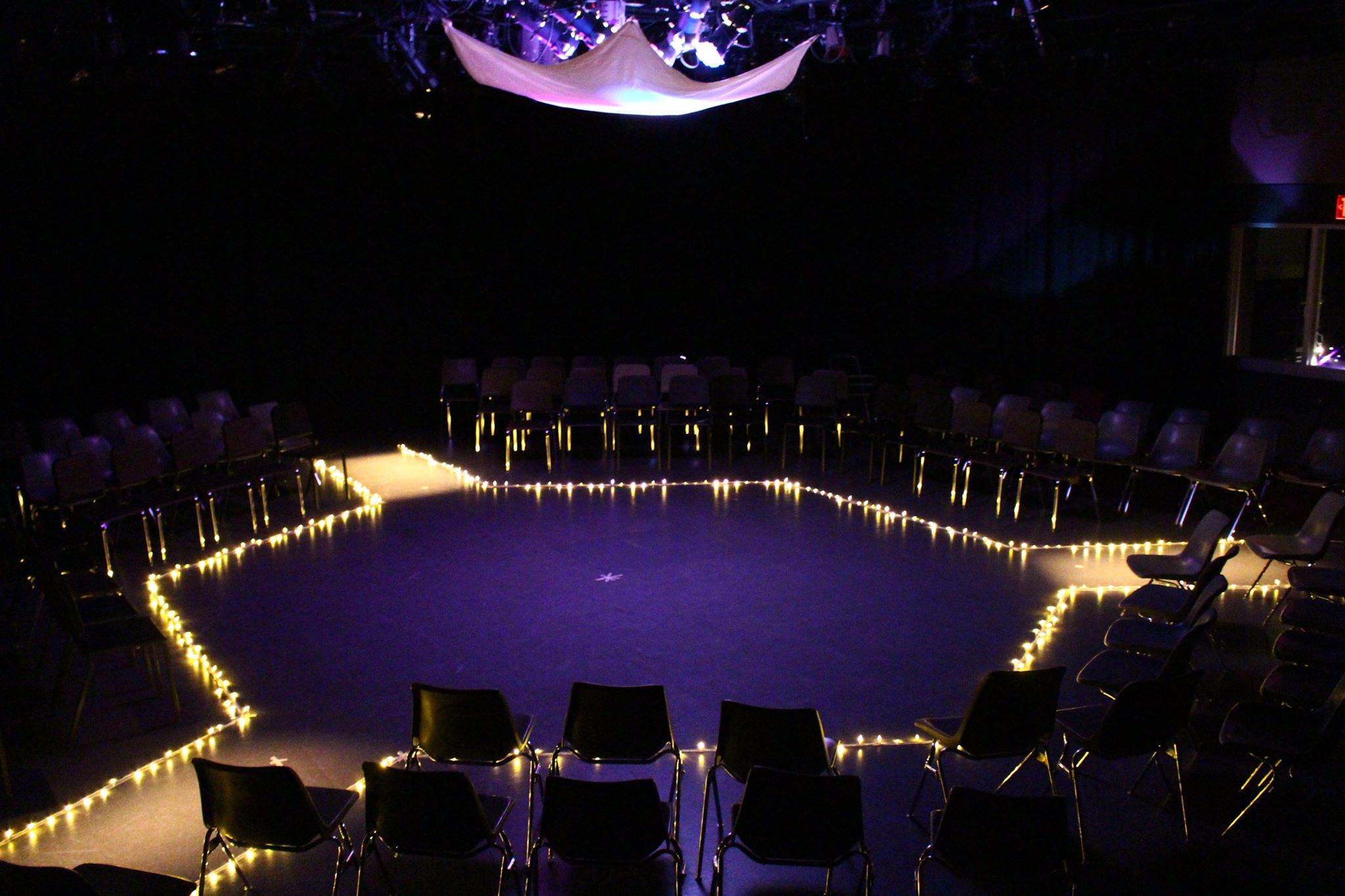Featured image taken from http://www.sydney.com/destinations/sydney/sydney-city/vivid-sydney
This June, I had the opportunity to visit the Vivid festival in Sydney, Australia – a 23-day annual outdoor exhibition that saturates the city center with colors, sounds and an explosion of the arts. The festival features artworks from artists, designers, engineers and makers across the world that turns the harbor rim of Sydney, including iconic public places such as the Opera House, Darling Harbor and Royal Botanic Garden, into an open gallery of the creative arts. A glimpse to the festival can be found here at http://www.vividsydney.com/.
Walking in the middle of tree-hung fairy lights among the buzzing crowd and passing a pulsating animation that was being projected onto the Customs House, I could not help but contemplate how much beauty in this world that was created with good engineering, fine ideas and the appreciation for the arts.
A favorite piece of mine in the midst of light and music is a small public furniture located by the Sydney’s Walsh Bay. The sculpture described a two-seat bench with soft, flowing curves, electronically lit with a smooth gradient of bioluminescence, the range of colors that can be found in creatures at the depth of the sea. However, as an enthusiastic visitor walked by and took the seat to look at the captivating harbor view, the surface of the sculpture where the body touched turned into a cool, bleaching white light. Designed and created by two UNSW student and alumni, Nila Rezaei and Nathan Adler, ‘Exterminia’, the name of the piece, depicts the effects of climate change on the coral reefs and the marine living system in general. Being an engineering student, I love this clever concept of introducing environmental awareness into architecture. The piece provoked thoughts. It gave the artwork meaning.
There would be other people who remembered other pieces of artwork because they connected to their personal experience, and spoke to them the way Exterminia did to me. But it is the connection and what it means to you that matters. Sometimes even the greatest artwork of the world would not matter to us as much as a happy birthday painting from your best friend, or hand-sewn dress that your mom made.
This brings back the thoughts I have had recently about people. That the substantiality of things in life lies in the message it conveys. And that we, I like to believe each of us is a piece of arts from the universe itself, are all trying to convey who we are and our uniqueness to the right kind of people, and if you concentrate on searching for that in the ones you met, you can see that people are simply substantial in their own ways.



